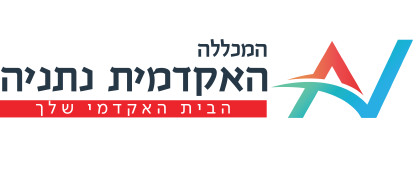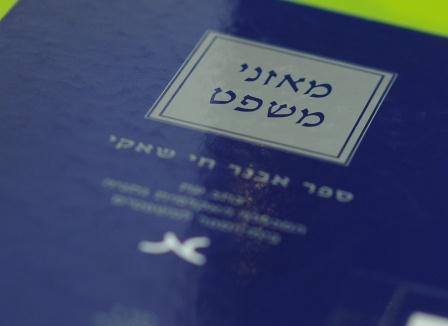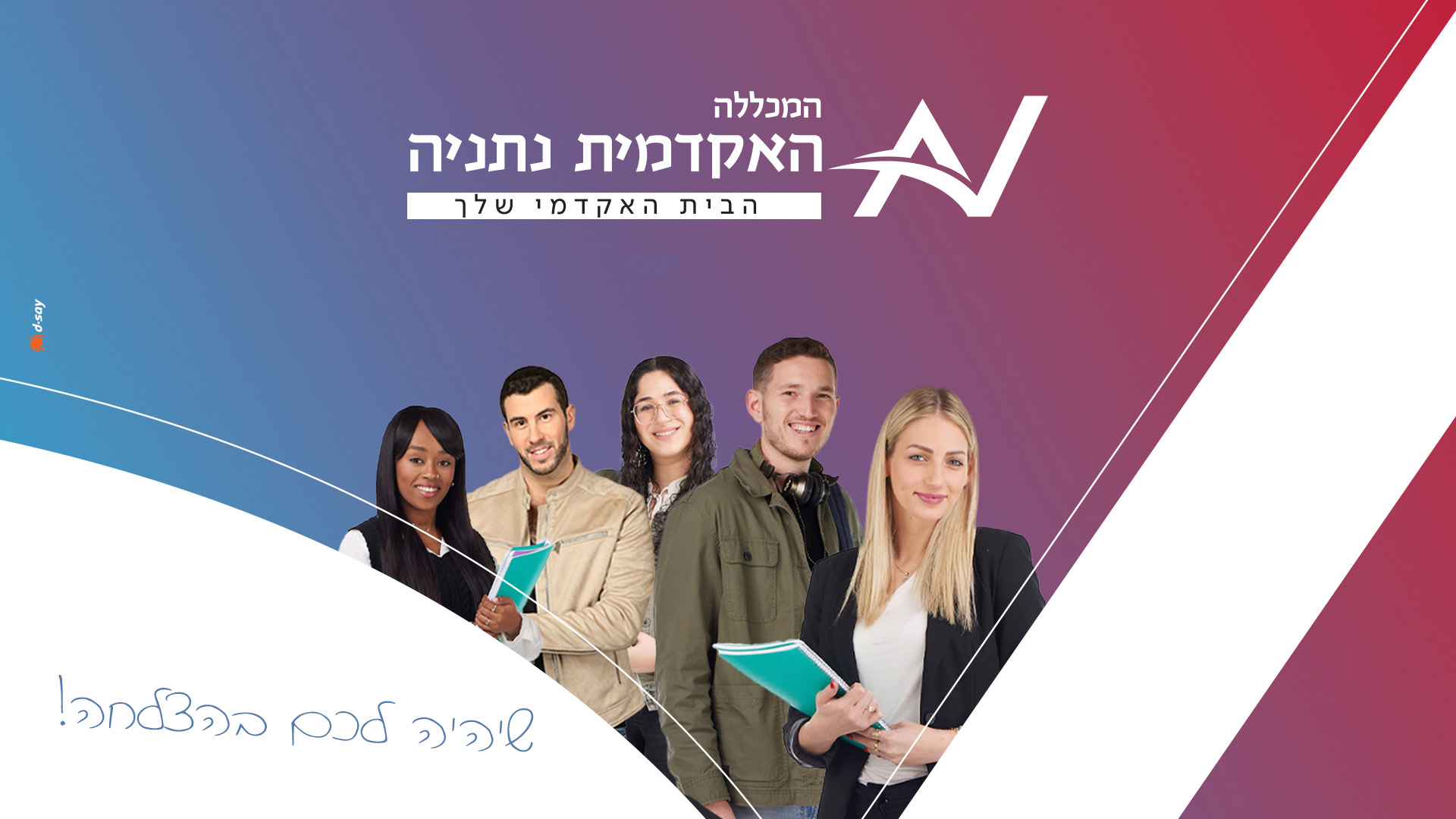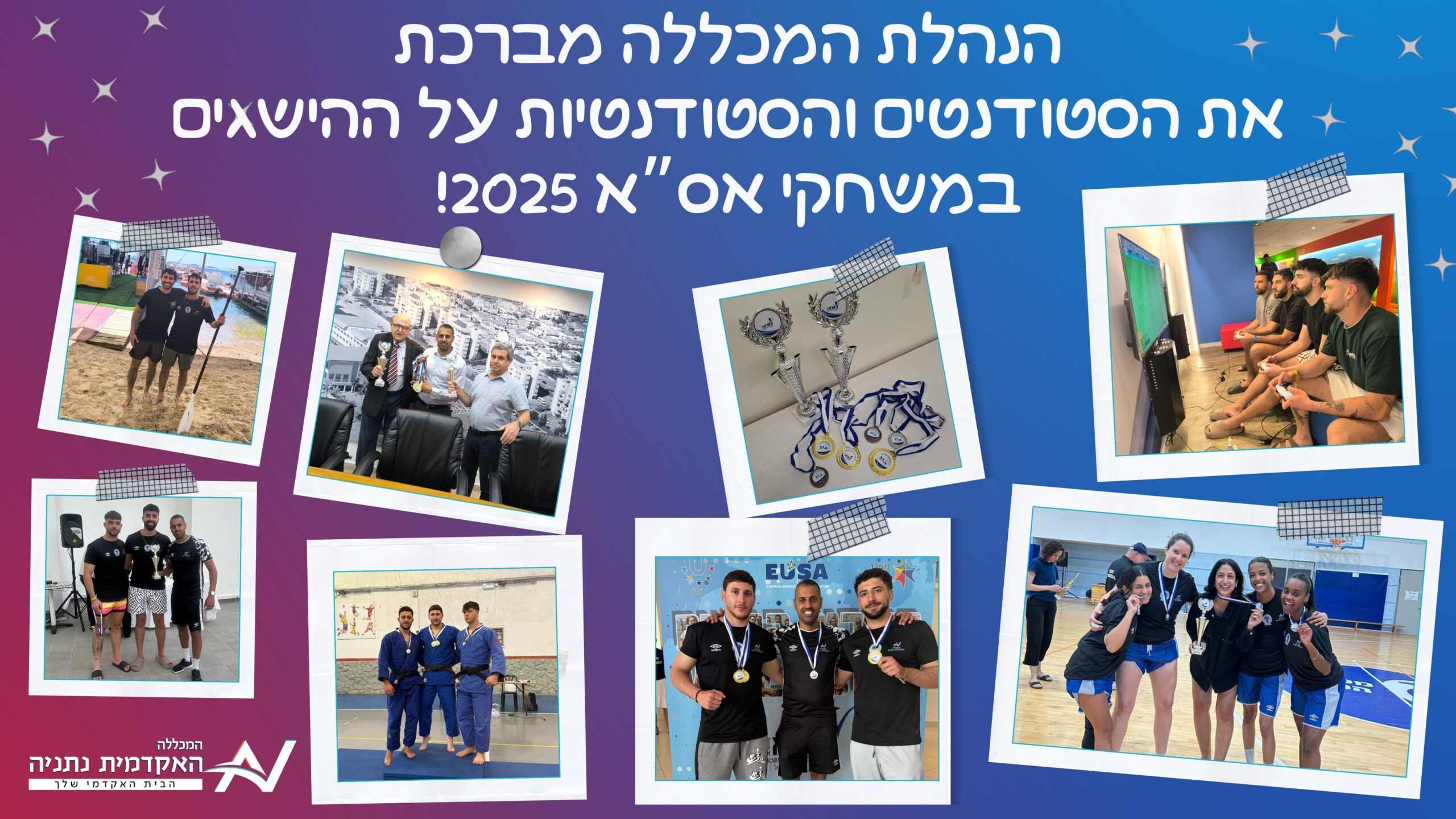Publications
- Dissertations
1995 Doctoral dissertation: The Role of Israeli Television in Developing Attitudes of Jewish Adolescents towards Arabs and the Israeli-Arab Conflict. Supervisor: Hanna Adoni. Hebrew University (Hebrew, 332 pages).
- Scientific Books (Refereed)
- Authoured Books Published
- First, A., & Avraham, E. (2004). Coverage of Israeli Arabs in Israeli Media. Tel Aviv: Tami Steinmetz Center for Peace Research [in Hebrew, 134 pages].
- Adoni, H., & First, A. (2006). Structural Dilemmas in the Consolidation of Communication Research and Teaching: The Case of the Department of Communication at Hebrew University of Jerusalem. Jerusalem: Magnes, the Hebrew University Press (Total cites: 4 in Google Scholar, in Hebrew, 167 pages].
- First, A., & Avraham, E. (2009). America in Jerusalem: Globalization, National Identity and the Israeli Advertising. Maryland: Lexington. (Total cites: 28 in Google Scholar, 183 pages).
- Kama, A., & First, A. (2015). Exclusion: Mediated Representations of Minority Groups. Tel Aviv: Resling [in Hebrew, 263 pages]
- Sheffi, N. & First, A. (Forthcoming). Ideology in the wallet: the role of banknotes in construction national identity. Jerusalem: Magnes, the Hebrew University Press [in Hebrew]
- Edited Books
- Frosh, P. & First A. (Eds.). (2009). Communication and Democracy: Mutual Perspectives. Raananna: The Open University of Israel [in Hebrew and English, 3 volumes, 914 pages].
- First, A., & Frosh, P. (Eds.). (2012). Communication and Democracy: Rivals or Partners. Raananna: The Open University of Israel [in Hebrew and English, 3 volumes, 839 pages].
- Other Scientific Publication
- Liebes, T., & First, A. (2001). How the New Media Environment Influences Military Crises and Vice Versa. Report for the Hubert Burda Center for Innovative Communications at Ben-Gurion University of the Negev, Israel (total cites 3: in Google Scholar, 60 pages).
- Avraham, E., First, A., & Lefler, N. (2004). Absence and Presence on Prime Time: Cultural Diversity in Commercial Television Channels in Israel. A report for the Second Authority for Television and Radio, Jerusalem. (in Hebrew, 122 pages).
- Shinar, D., Naor, A., Mandelzis, L., Liran-Alper, D., Davidson, R., & First, A. (2009). Public Diplomacy in the 21th Century: The Israeli Case. Samuel Neaman Institute and the State of Israel Ministry of Foreign Affairs (In Hebrew and English).
- First, A. & Inbar-Lankry, H. (2013). Absence and Presence on Prime Time: Cultural Diversity in Commercial Television Channels in Israel (3rd wave -research). A report for the Second Authority for Television and Radio, Jerusalem. (in Hebrew, 76 pages).
- Articles in Refereed Journals
Published
- First, A. (1998). Nothing new under the sun: A re-examination of the image of the woman in Israeli advertisements 15 years later. Sex Roles, 38: 1065-1077. (IF:1471, journal rank: 9/59 cites: 34 in Google Scholar). q1
- First, A. (1998). Who is the enemy? The portrayal of the Arabs in the Israeli TV news at the beginning of the Intifada. Gazette, 60(3): 239-254 (total cites: 43 in Google Scholar). q1
- First, A. (2000). Images of men and women in printed Israeli advertisements. Patuach, 4: 127-157 [Hebrew].
- First, A. (2002). All Women Should Cry: Coverage of women in foreign news – A 1995 Multi-National Study. Communications, 27: 35-61 (total cites 12: in Google Scholar).
- First, A. (2002). The Fluid nature of representation: The coverage of Arabs in the Israeli News. Howard Journal of Communications, 13: 173-191. (H Index: 7 cites: 23 in Google Scholar).q3
- First, A., & Avraham, E. (2003). Nation and border in Israeli advertisements. Megamot 42: 652-670 [in Hebrew]. C.
- Avraham, E., & First, A. (2003). “I buy American”: The American image as reflected in Israeli advertising. Journal of Communication 53 (2): 282-300. (IF: 2.026, 5 years IF: 3.372, journal rank: 2/67, An official journal of the International Communication Association cites: 81 in Google Scholar). A. q1
- First, A., & Avraham, E. (2003). Changes in the political, cultural, and media environment and their impact on the coverage of conflict: The case of the Arab population in Israel. Conflict and Communication Online 2 (1). total cites 13: in Google Scholar).
- Lev-Aladgem, S., & First, A. (2004). Israeli community theater as a site of feminine self-representation. Feminist Media Studies 4 (1): 35-48. C (H Index: 12, total cites 8: in Google Scholar). A Hebrew version appeared in Teatron (2007) 20: 43-50. q1
- Avraham, E., & First, A. (2004). The Good, the Bad and the Absent: Contradictory trends in the treatment of Arabs on Israeli TV. Mediterranean Journal of Human Rights 8 (2): 55-78 (total cites 4: in Google Scholar).
- Lev-Aladgem, S., & First, A. (2005). Mizrahi women “write” their own cultural identity. Megamot 1: 83-105 [in Hebrew]. C.
- Avraham, E., & First, A. (2006). Space, power and media: Ways of constructing the periphery as “Other.” Social and Cultural Geography 7 (1): 71-86. (IF: 2.036, 5 years IF: 1.788, journal rank: 8/65, total cites 26: in Google Scholar). q1
- First, A., & Avraham, E. (2007). Globalization/Americanization and negotiating national identity: Representations of culture and economy in Israeli advertising. Israel Studies Forum 22 (2): 54-74. (total cites 7: in Google Scholar).
- First, A., & Adoni, H. (2007). The Never-Ending Story: Coping with structural dilemmas of the communication field. Mass Communication and Society 10 (3): 251-273. (IF: 1.085, journal rank: 20/67, total cites: 5 in Google Scholar). q1
- First, A., & Avraham, E. (2007). When the “Holy Land” turns into real estate: National identity, globalization/Americanization, and representation of the land in Israeli advertising. Popular Culture 5(4): 223-239. (total cites 11: in Google Scholar). q1
- First, A., & Remer-Biel, S. (2007). From 'Green Grandpa' to 'Get the Geriatrics off the Roads': The representation of old age in the satirical program 'Eretz Nehederet' during the 2006 Israeli Elections. Media Frames1: 27-61. C.
- First A., & Agmon-Gonen, M. (2009). Is a man's car more important than a battered woman's body? Human rights and punishment for violent crimes against female spouses. New Criminal Law Review, 12 (2): 135-170 (total cites 10: in Google Scholar). q2
- First, A., & Hermann, T. (2009). Sweet nationalism in bitter days: A. commercial representation of Zionism. Nations and Nationalism, 15 (3): 506-523. (Ranking: 2013: 3/72 (total cites 13: in Google Scholar). (History) q1
- Avraham, E., & First, A. (2010). Can a regulator change representation of minority groups and fair reflection of cultural diversity in national media programs? Lessons from the Israeli case study. Journal of Broadcasting & Electronic Media, 54 (1): 136-148. (IF: 0.902, journal rank: 39/67. total cites 12: in Google Scholar. This manuscript was accepted from among 80 submissions for publication in a special issue on image of minorities in the media; an official journal of the Broadcasting Education Association). q1
- Avraham, E., & First A. (2010) Combining the representation approach with the framing concept: Television news coverage of the Arab population in Israel during conflict. Journalism, 11 (4): 1-19. (total cites 17: in Google Scholar). q1
- *First, A., (2010). Enemies, fellow victims, or the forgotten? News coverage of Israeli-Arabs in the 21st century. Conflict and Communication Online, 9 ((total cites 6: in Google Scholar).
- First, A. & Avraham, E. (2010). Contesting national identity during crisis: The use of patriotism in Israeli advertisements. Communication, Culture and Critique, 3 (3): 334-351.
- Remer-Biel, S. & First, A. (2011). "No Home Away from Home”: The discourse of home in ads for third-age housing. Popular Communication, 9(03): 181-195. (total cites 7: in Google Scholar) q1
- Avraham, E. & First, A. (2013). Towards a new model of narrative transformation in advertising: From the American myth to the green myth, Communication Theory, 23: 67-90. (IF: 1.370, 5 years IF: 2.133, journal rank: 13/67). A. q1
- First, A. & Sheffi, N. (2015). Borders and banknotes: the national perspective, Nations and nationalism, 21 (2): 330–347. (Ranking: 2013: 3/72 (History) (total cites 10: in Google Scholar) A. q1
- First, A. & Adoni H, (2015). An interactive model for analyzing the development of the communication discipline: Israel as a case study. Journalism and Mass Communication. 5 (7): 324-340.
- First, A. (2016). Common sense, good sense, and commercial TV. International Journal of Communication.10 (1) 1-20. A.q1
- First, A. (2017). Feminist media studies in Israel: A preliminary state-of-the-art look. Media Frames. 16 1-22. C.
- Sheffi, N. & First, A. (2017). Unified and Eternal: The Annexation of East Jerusalem in Israeli Banknotes. Iyunim. 11 387-406.
- First, A., & Remer-Biel, S. (2017). This is not the time and place to grow old’: Ageism in advertising for third-age housing" Howard Journal of Communications. Published online, 4 Aug 1-17 B q3.
- Sheffi, N. & First, A. (2018). Land of milk and honey: Israeli landscapes and flora on banknotes. National Identities q2
- Sheffi, N. & First, A. (2019). The power of hegemony: Human figures on Israeli banknotes. Israel Affairs.q1 https://doi.org/10.1080/13537121.2019.1645967
- First, A. & Sheffi, N. (2020).The Making of a Capital: Jerusalem on Israeli Banknotes. Israel Studies Review.q1
- Articles in Edited Volumes (Refereed)
- First, A. (1997). Social media, social cohesion? An Israeli study of two dimensions of agenda setting. In M. E. McCombs, D. L. Shaw, & D. Weaver (eds.), Communication and Democracy (pp. 41-51). Mahwah, NJ: Lawrence Erlbaum (total cites 41: in Google Scholar).
- First, A., & Avraham, E. (2003). American imagery in Israeli advertisements. In T. Liebes & M. Talmon (eds.), Communication as Culture: A Reader (pp. 339-367). Tel Aviv: The Open University of Israel [in Hebrew].
- Liebes, T., & First, A. (2003). Framing the Palestinian-Israeli conflict. In P. Norris, M. Kern, & M. Just (eds.), Framing Terrorism (pp. 59-74). New York: Routledge. (total cites: 57 in Google Scholar).
- First, A. (2004). Are they still the enemy? The representation of Arabs in the Israeli news. In P. Tudor & Y. Egorova (eds.), Jews, Christians and Mass Media: Mediating the “Other” (pp. 190-213). London: Routledge. (total cites: 9 in Google Scholar)
- Liebes, T., & First, A. (2005). Foreign reporters and the rivalry for international public opinion: Muhammad Dura. In U. Lebel (ed.), Communication and Security (pp. 261-283). Beersheba: Ben-Gurion Research Institute/Ben-Gurion University of the Negev [in Hebrew].
- First, A., & Avraham, E. (2007). Is the market square busy? Cultural diversity and Israeli commercial TV. In D. Caspi (ed.), Communication and Democracy in Israel (pp. 134-162). Jerusalem: Van Leer Jerusalem Institute and Hakibbutz Hameuchad [in Hebrew].
- First, A., & Agmon-Gonen, M. (2007). How punishment for violence against women reconstructs the patriarchal structure of Israeli society. In D. Barak-Erez (ed.) Studies in Law: Gender and Feminism (pp. 545-582).Kiryat Ono: Nevo: Publishers Ltd. [in Hebrew].
- First, A. (2009). How media construct regime legitimacy. In Y. Bar-Siman-Tov (ed.), The Disengagement Plan: An Idea Shattered (pp. 125-146). Jerusalem: Jerusalem Institute for Israel Studies [in Hebrew].
- First, A., & Avraham, E. (2014). Changes in the political, cultural, and media environment and their impact on the coverage of conflict: The case of the Arab population in Israel. In W. Kampf & D. Shinar (eds.) (2014). Peace Journalism and the Israeli-Palestinian conflict. (92-114). Berlin: Verlag Irena Regener. First, A., (2014). Enemies, fellow victims, or the forgotten? Israeli-Arabs in the 21st century. In W. Kampf & D. Shinar (eds.) (2014). Peace Journalism and the Israeli-Palestinian conflict. (76-91). Berlin: Verlag Irena Regener. Berlin: Verlag Irena Regener. (See articles, 17, 30).
- Remer-Biel, S., & First, A. (2013). Those who need entertainment and those who are needed to be cared: Ageism in ads. In I. Doron (ed.), Ageism in Israel (pp.197-218). Jerusalem: Van Leer Jerusalem Institute and Hakibbutz Hameuchad [in Hebrew].
- First, A. (2014). A new century and still the enemy: The portrayal of the Arabs in the Israeli TV between 2000-2011. In D. Caspi & Elias (eds.), Ethnic Minorities and Media in the Holy Land (pp. 43-58). London. Vallentine Mitchell.
- Adoni, H. & First, A. (2015). Communication field in Israel: Teaching and Research. In G. Nimrod and Elias (eds.), The communication field in honor of Dan Caspi, (pp.353-372). Tel Aviv: Tulips Publishers [in Hebrew]
- First, A. & Adoni, A. (2016). Communication field in Israel: From growth to consolidation, from uniformity to diversity In. P. Simonson and D., Park (eds.) (pp. 494-514), The International Histories of Communication Study. London: Routledge.
- Entries in Encyclopedia
Adoni, H. & First, A. (2008). Communication as an Academic Field: Israel. In W. Donsbach (Ed.), The International Encyclopedia of communication. London: Blackwell Publishing Ltd. (refereed)
מוסדות אקדמיים בחו"ל
University of Maryland, College Park, Maryland, Department of Israel Studies2010
2011 University of Waikato, Hamilton, New Zealand, Department of Management Communication
| 1995/6 |
פוסט-דוקטורט ב- |
|
The University of North Carolina at Chapel Hill, School of Journalism and Mass Communication. |
| 2005 |
חוקרת אורחת ב- |
|
Dept. of Journalism and Media Studies, Rutgers University, New Jersey. |
ניסיון מקצועי
2008 ואילך פרופסור מן המנין האקדמית נתניה
2001 ואלך מרצה בכיר, האקדמית נתניה.
2001-1999 מרצה, האקדמית נתניה.
2001-1996 מרצה מן החוץ אוניברסיטת תל אביב.
2004-1996 מרצה מן החוץ האוניברסיטה העברית.
1998-1994 מרצה, המכללה למנהל, תל אביב.
פעילות אקדמית אדמיניסטרטיבית
2014-2012 יועצת הנשיא לענייני נשים
2013- ראש תוכנית התואר השני בבית הספר לתקשורת
2004 חברה במועצה האקדמית של האקדמית נתניה.
2004 חברה בפורום הדיקנים של האקדמית נתניה.
1998 ואילך חברה בועדת ההוראה של בית הספר לתקשורת, האקדמית נתניה.
תחומי מחקר
- מקומם של המדיה בתהליך הבניית המציאות.
- ייצוג של קבוצות מיעוט במדיה השונים בעיקר ערבים ונשים.
- השיח המשפטי לגבי נשים בחברה הישראלית.
- רב-תרבותיות כפי שהיא משתקפת בסוגות השונות בטלוויזיה.
- השתקפותה של התרבות הישראלית והזהות הישראלית בעידן של גלובליזציה בעיקר בתוצרי תרבות בעיקר בפרסומת.
- הדילמות המובנות בחקר התקשורת ובהוראתה.
מענקי מחקר
1996, 1998, 2003, 2004, 2005, 2007 המכון לקומוניקציה ע"ש משפחת 'סמארט' האוניברסיטה העברית, ירושלים.
2001 מרכז תמי שטינמץ למחקרי שלום, אוניברסיטת תל אביב.
1996 'מכון אשכול' האוניברסיטה העברית, ירושלים.
חבריות באגודות מקצועיות
- International Association for Media and Communication Research.
- International Communication Association.
ניסיון בהוראה
1999 ועד היום במסגרת תואר שני: שעור חובה-תיאוריות מתקדמות, סמינר-ייצוגים במרחב הציבורי.
| 1999 |
ועד היום בית הספר לתקשורת, המכללה האקדמית נתניה מרצה את הקורסים הבאים:
קורסי חובה: ,מחשבה מדינית", "מבוא לתקשורת המונים", "מבוא לחקר התרבות", "החברה הישראלית", "היסטוריה של אמצעי התקשורת", "מבוא לחקר הטלוויזיה",
קורסי רשות: "אובדן הילדות בעידן של ריבוי ערוצים", "נשים במדיה".
קורסי חובה מתקדמים: סמינר לתלמידים מצטיינים, ייצוג מיעוטים במדיה. |
| 2004-1999 |
מדריכה בכתיבה של עבודות סמינר במסגרת המחלקה לסוציולוגיה, מדע המדינה ותקשורת באוניברסיטה הפתוחה. |
| 2004-1996 |
החוג לתקשורת ועיתונאות האוניברסיטה העברית, ירושלים, מרצה את בקורסים הבאים: "מבוא לתקשורת המונים", "אובדן הנעורים בעידן של ריבוי ערוצים", "הקונפליקט הערבי-ישראלי בראי התקשורת", "דמוי ה"אחר" ורב תרבותיות במדיה", "המרחב הציבורי". |
| 2001-1996 |
החוג לתקשורת אוניברסיטת תל אביב, מרצה את בקורסים הבאים: "מיעוטים במדיה", "המרחב הציבורי: יחסי פוליטיקה ותקשורת". |
| 1998-1994 |
בית הספר החדש תקשורת המכללה למנהל, תל אביב: מרצה את הקורסים הבאים: "תיאוריות ומודלים בחקר המדיה", "מוסדות התקשורת בישראל ובעולם", "גזע מעמד ומגדר במדיה", "סוגיות נבחרות בחקר התקשורת". |
עיסוקים מקצועיים אחרים
2003-4; 2010-13 יועצת לרשות השנייה לרדיו ולטלוויזיה במחקר על אודות גיוון תרבותי בזמן צפיית שיא.
שיפוט פעיל בכתבי עת בארץ (מגמות, מסגרות מדיה) ובחול
International Journal of Public Opinion Research; Sex Roles; Howard Journal of Communication; International Journal of Conflict & Violence; Journal of Ethnic and Migration Studies; Journal of Children and Media; Ethnicities; Critical Studies in Media Communication; European Journal of Cultural Studies; International Journal of Cultural Studies; Israel Studies Review; Asian Journal of Communication.
חברה במערכות כתבי העת:
2005 ואילך
2013 – 2015 Member of Journalism and Mass Communication editorial board.
2015- Member of Journalism & Communication Monographs editorial board.
ביוגרפיה מקוצרת פרופסור ענת פירסט
ענת פירסט היא פרופסור מן המניין לתקשורת בבית הספר לתקשורת במכללה האקדמית נתניה ומשמשת דיקן בית הספר ואחראית על תוכנית ה-MA. תחומי המחקר העיקריים שלה כוללים דיון בחשיפת תפקידי המדיה בהבניית המציאות החברתית פוליטית; עיון בגיוון התרבותי בטלוויזיה הישראלית לצד עיסוק בייצוגם של מיעוטים במדיה השונים; ובחינת טקסטים מגוונים בניהם תוכניות טלוויזיה, פרסומת ושוטרות כסף כאתר לכינון זהות לאומית.
הגישה עליה מתבססת פרופ' פירסט היא כי סוגיית הייצוג בעידן הפוסט-מודרני והקפיטליזם המאוחר, משוקע בעולם של דימויים שאותם בני האדם צורכים ובעזרתם מכוננים את ה'אני'. כך, בעידן שבו אידיאולוגיות שונות קורסות, מחד גיסא; וזהויות חדשות – במיוחד כִלְאיוֹת (היברידיות) – מתפתחות, מאידך גיסא, חשיבות הדיון בסוגיית הייצוג מקבלת משנה תוקף. הנכחתן או היעדרן של קבוצות חברתיות מסוימות בזירה התקשורתית על ערוציה ותכניה השונים, הוא חלק חיוני בתהליך ייצור המשמעות בכל תרבות. הנושאים הקבוצות המרכזיות שפרופ' פירסט עסקה בהן הן: מגדר, פלסטינים אזרחי ישראל וזקנים.
לנוכח עיסוקה בנושא הייצוג הוזמנה על ידי הרשות השנייה לרדיו ולטלוויזיה, לעמוד פעמיים (בשנת 2003 -עם פרופ' אלי אברהם ובשנת -2011), בראש צוות מחקר שבחן את טיב הייצוג של הקבוצות בחברה הישראלית בזמן צפיית שיא בטלוויזיה בערוצים המסחריים; הוזמנה לספרד לייעץ לחוקרים מאוניברסיטת מדריד וברצלונה בנושא ייצוג קבוצות חברתיות; ומשמשת מדריכה ושופטת עבודות מסטר ודוקטורט בנושא. במסגרת המכללה, הייתה יועצת הנשיא לענייני נשים, האחראית על הטרדות מיניות, חברה במועצה האקדמית וחבר הנאמנים של המכללה
:
בין ספריה
First, A., & Avraham, E. (2009). America in Jerusalem: Globalization, National Identity and the Israeli Advertising. Maryland: Lexington.
קמה ע' ופירסט ע' (2015). על ההדרה: ייצוגים תקשורתיים של אחרים. תל אביב: רסלינג.
Sheffi, N. & First, A. (Forthcoming). Ideology in the wallet: the role of banknotes in construction national identity. Jerusalem: Magnes, the Hebrew University Press [in Hebrew]
בין מאמריה:
First, A. & Sheffi, N. (2015). Borders and banknotes: the national perspective, Nations and nationalism, 21 (2): 330–347.
First, A. & Adoni H, (2015). An interactive model for analyzing the development of the communication discipline: Israel as a case study. Journalism and Mass Communication. 5 (7): 324-340.
First, A. (2016). Common sense, good sense, and commercial TV. International Journal of Communication.
פירסט ע'. (2017). מאין ולאן: שלושים שנות מחקר פמניסטי בתקשורת. מסגרות
מדיה, 16 01):22-1
First, A., & Remer-Biel, S. (2017). This is not the time and place to grow old’: Ageism in advertising for third-age housing" Howard Journal of Communications. Published online, 4 Aug 1-17
Sheffi, N. & First, A. (2018). Land of milk and honey: Israeli landscapes and flora on banknotes. National Identities.
First, A. & Sheffi, N. (2020).The Making of a Capital: Jerusalem on Israeli Banknotes. Israel Studies Review



